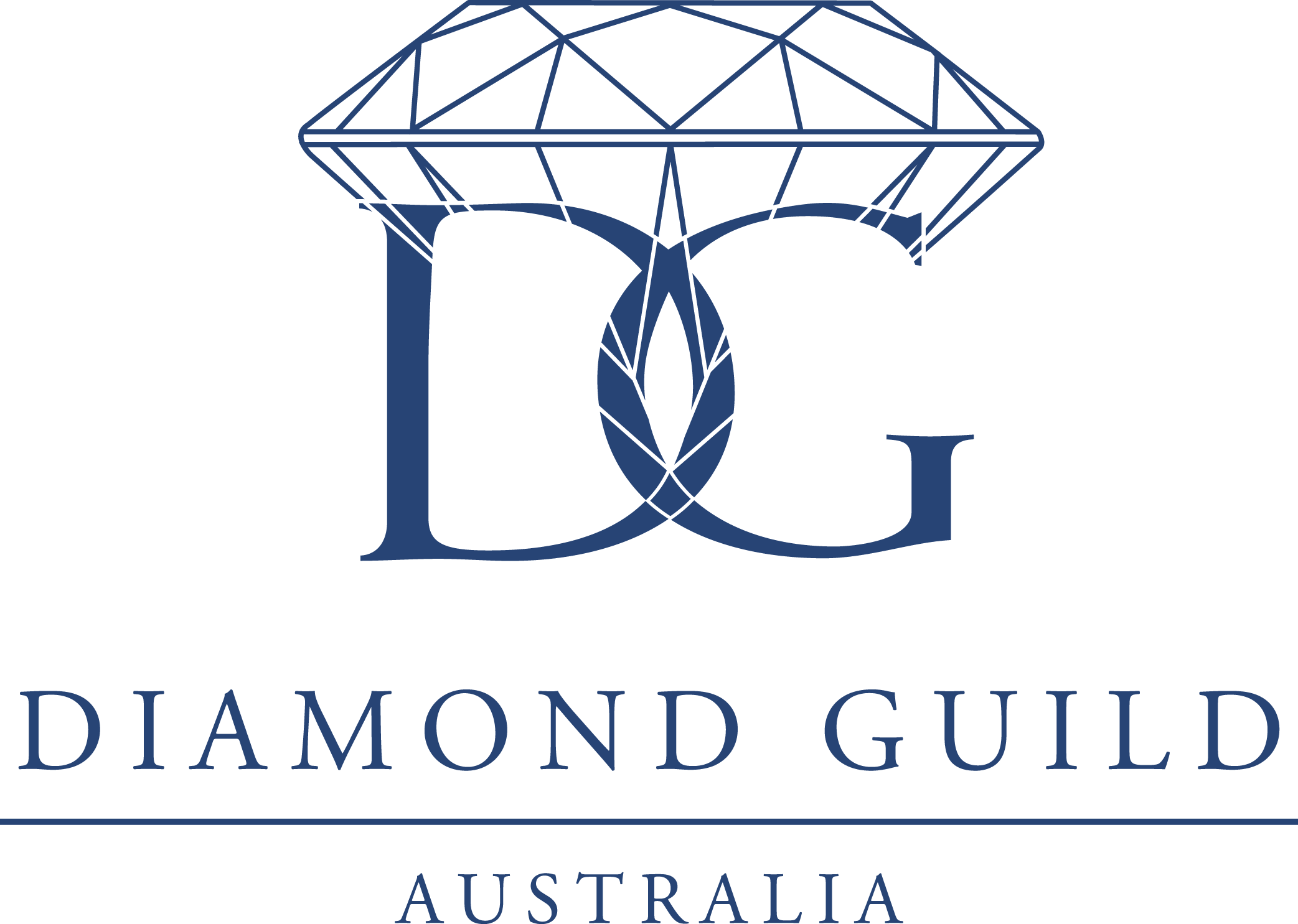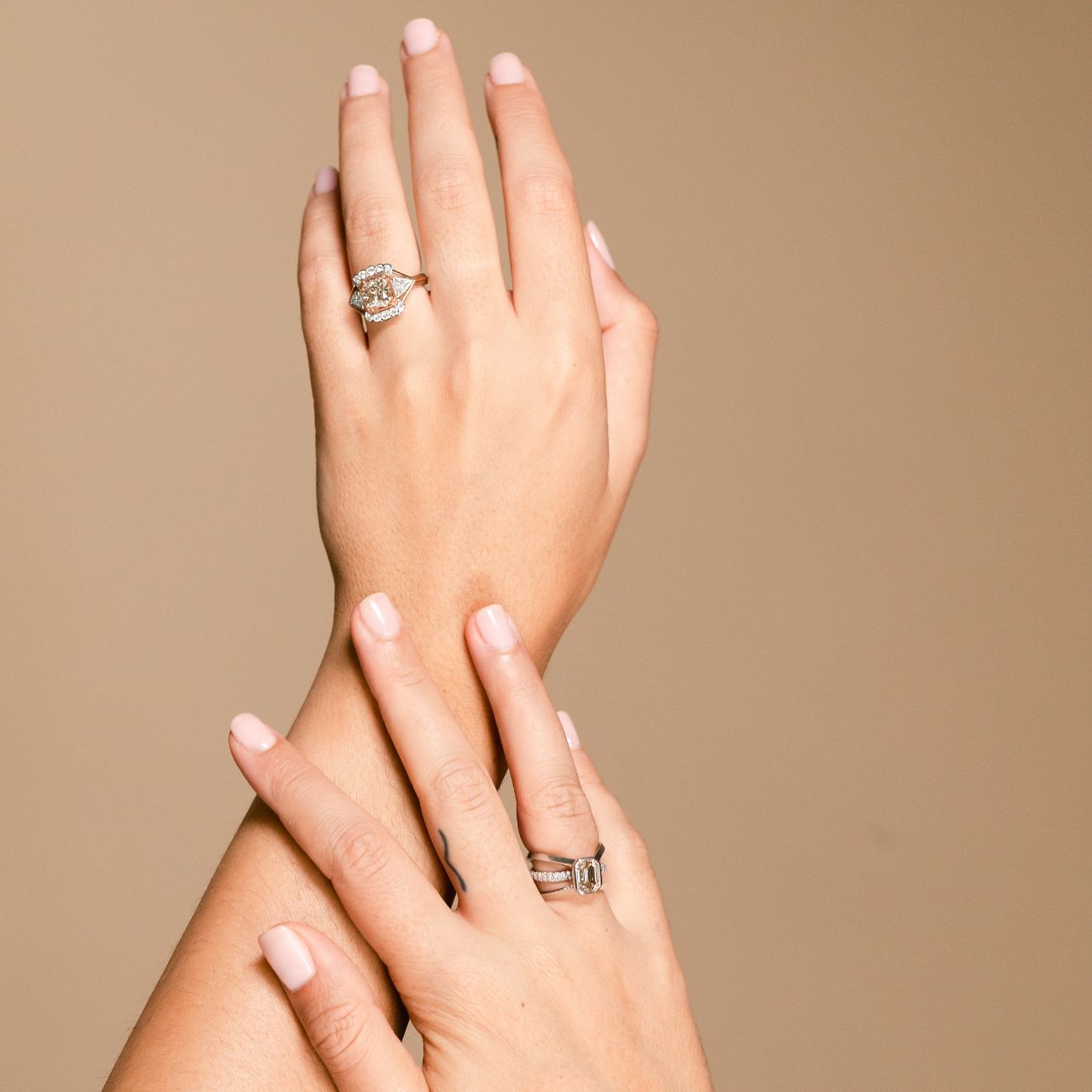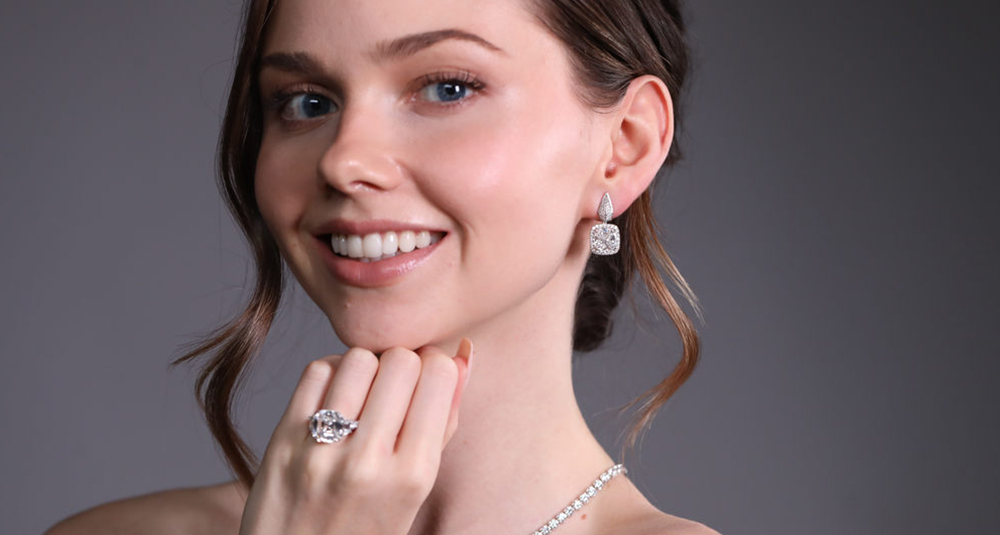Originating in the post war period of the 1920’s and 1930’s, the Art Deco style pervaded all facets of design from architecture to fashion and jewellery. One of the most significant jewellery periods, the art deco style was inspired by an age of freedom, innovation and modernism.
Following the period of Austerity of World War, I Art Deco jewellery reflected the new mood. Women, who had been empowered during the war to take on traditional male employment, had a new sense of liberty and purpose. The suffocating social restrictions of the Edwardian period gave way to a desire for freedom of movement, practicality and glamour. This was reflected in the fashion of the day and the jewellery that accessorised it.
The swirls and organic motifs of the Art Nouveau style of the early 20th century gave way to strong geometry and symmetry of design. Inspired by new mechanisation and strong architecture jewellery became bold, showy, multipurpose and designed to be worn every day.
Platinum, the white precious metal that was previously restricted for military use, became the metal of choice for jewellery allowing intricate yet strong settings for jewels and maximised the sparkle and beauty of diamonds.
Art Deco revolutionised jewellery and has endured as one of the most popular design influences into the modern day.
“Lorem ipsum dolor sit amet, consectetur adipiscing elit, sed do eiusmod tempor incididunt ut labore et dolore magna aliqua. Ut enim ad minim veniam, quis nostrud exercitation ullamco laboris nisi ut aliquip ex ea commodo consequat. Duis aute irure dolor in reprehenderit in sed.”

Art Deco Bracelet
J Farren Price
More text description here
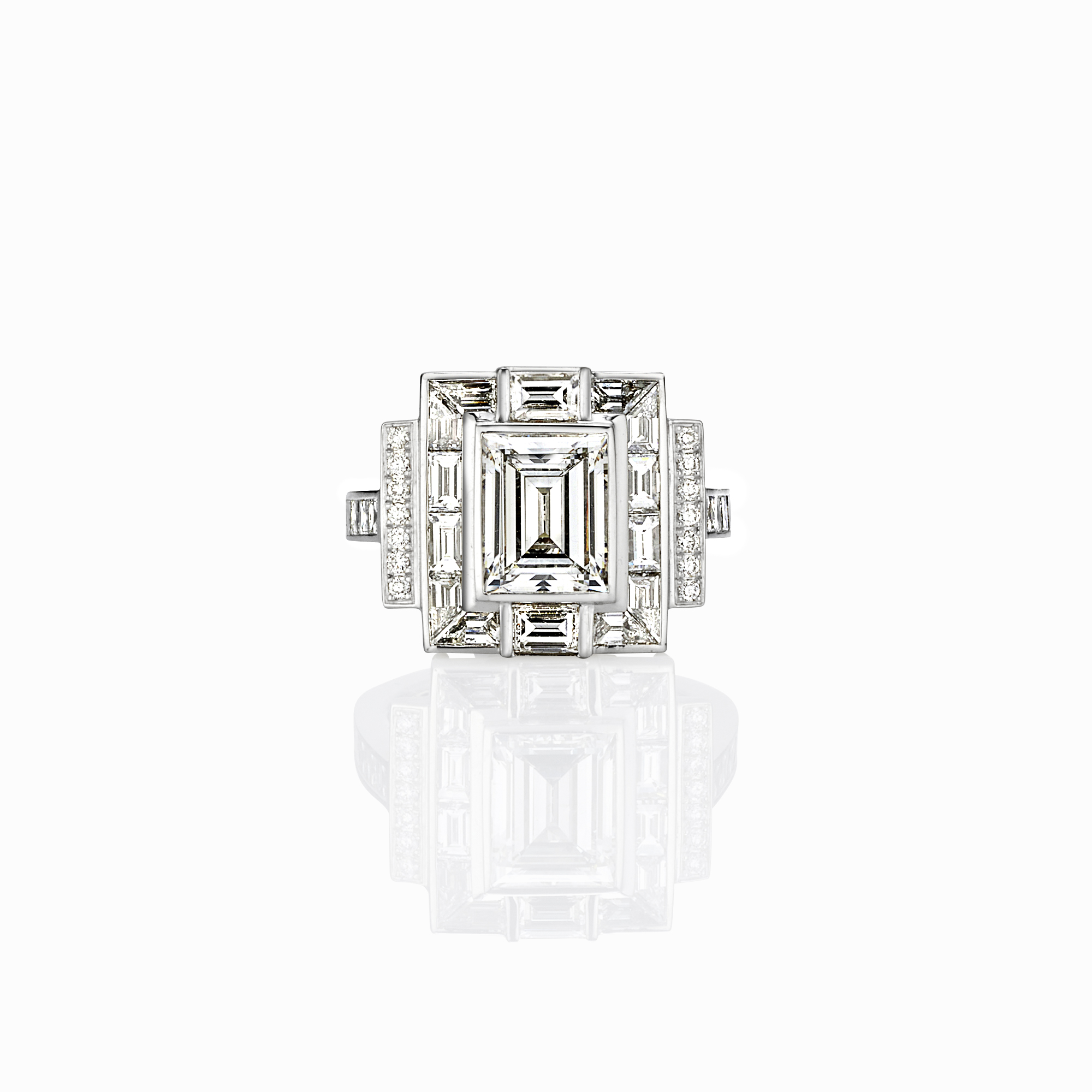
Art Deco Ring
Matthew Ely
More text description here

Art Deco Earrings
Calleija
More text description here
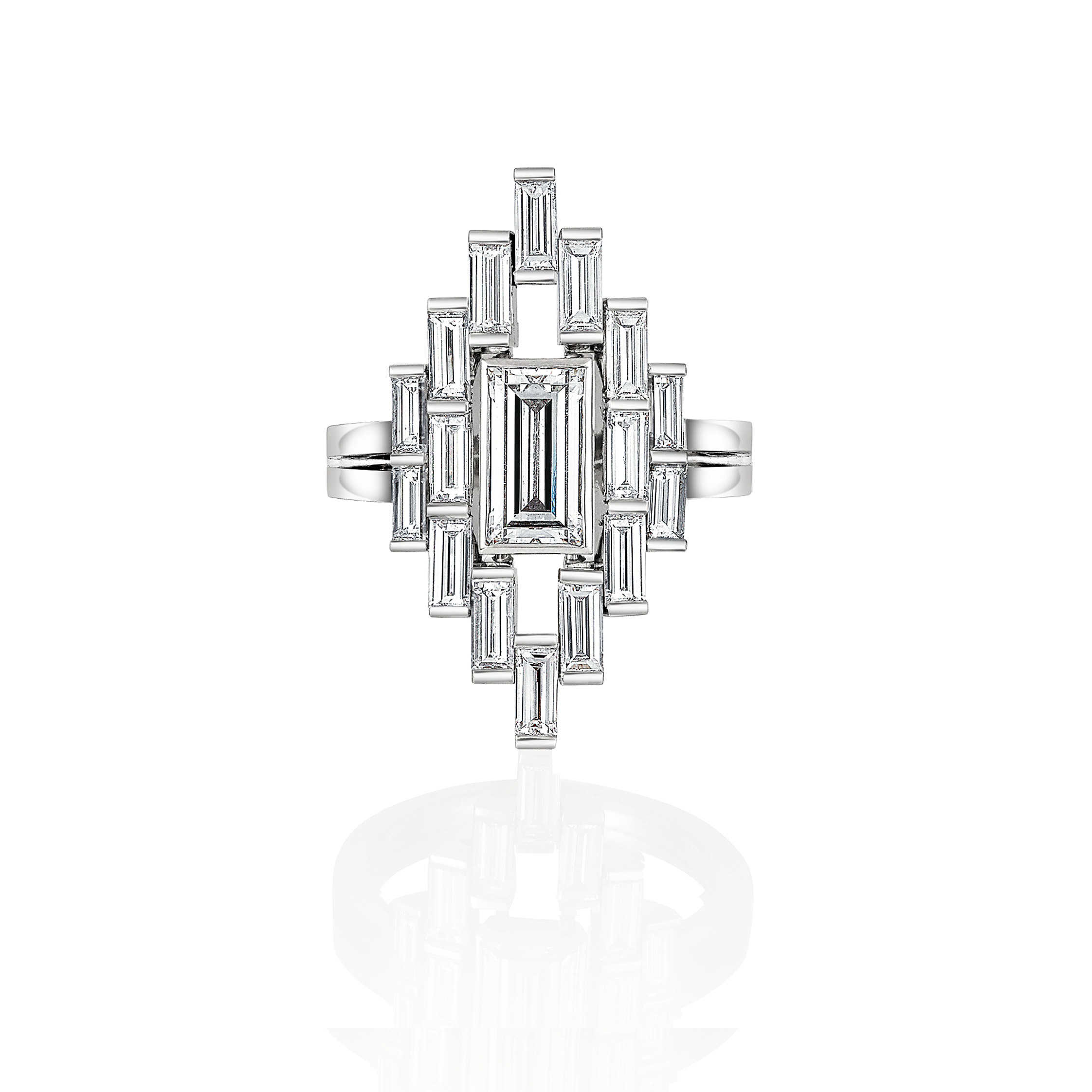
Art Deco Ring
Mondial
More text description here
WHAT ARE THE FEATURES OF ART DECO STYLE JEWELLERY?
Art Deco design is still probably the most easily recognised due to its unique characteristics.
WHITE METAL SETTINGS
Typically set in white metals such as platinum and white gold, the settings of Art Deco pieces are generally fine and precise to show off the arrangement of stones in geometric patterns. The use of the malleable metal platinum allows the setting to be made to be very minimal. New methods of stone setting such as invisible and pave setting allow the metal to virtually disappear completely between the stones.
STEP CUT DIAMONDS
The cut of diamonds featured in Art Deco jewellery design is dominated by the step cut shapes such as Emerald, carre and baguette cut. The straight lines and symmetrical shapes lending themselves to the strong geometric lines of Art Deco design.
MULTIPLE STONES
Art deco jewellery design typically favours the use of multiple stones over a solitaire in order to create geometric design elements and maximum impact. Repetition of a shape of stone is a popular way to create the symmetry of the style.
ADAPTABILITY
Many original Art Deco pieces were designed to be worn in several different ways, incorporating clever hidden fittings to adapt the piece. This allowed the jeweller to showcase his precision and technical skill in the crafting of a piece and had the benefit of creating pieces that could be worn for many occasions. Many modern day statement pieces in the Art Deco style also may incorporate this adaptability – Brooches that become earrings, rings that transform into pendants.
PRACTICALITY
The low, flat settings of Art Deco style jewellery allow these pieces to be infinitely practical and highly wearable. Jewellery that can be worn everyday rather than reserved for special occasion.
DAZZLING SPARKLE
The use of multiple stones in Art Deco inspired jewellery ensures that every piece is a showstopper maximising the brilliant sparkle catching the eye with every movement.
The bold symmetry, straight geometry and almost architectural elements of Art Deco design create a distinctive style that is as appealing today as it was in the 1920’s. Elegant, sophisticated and unique, Art Deco is a design trend that continues to be referenced in contemporary jewellery and remains as popular as it was 100 years ago.

